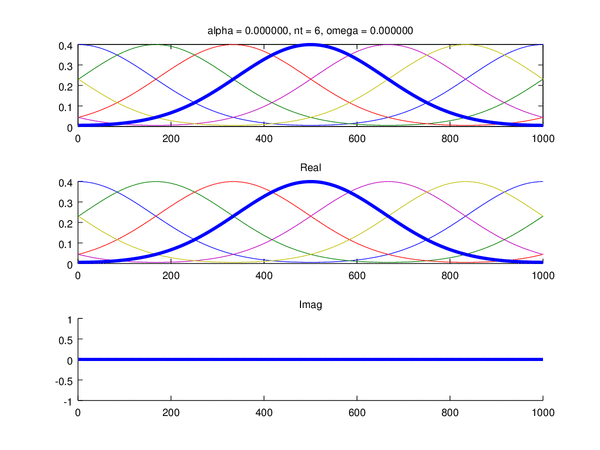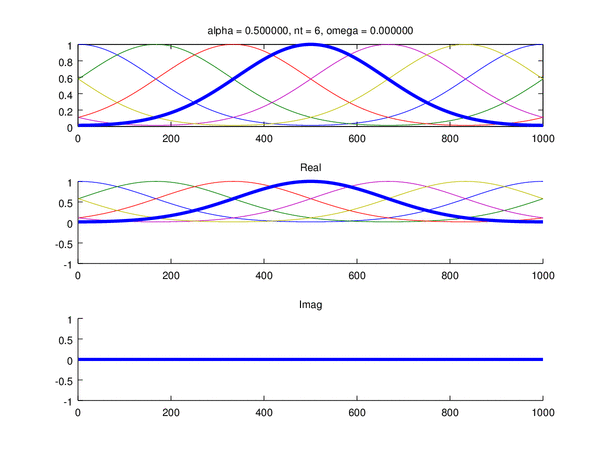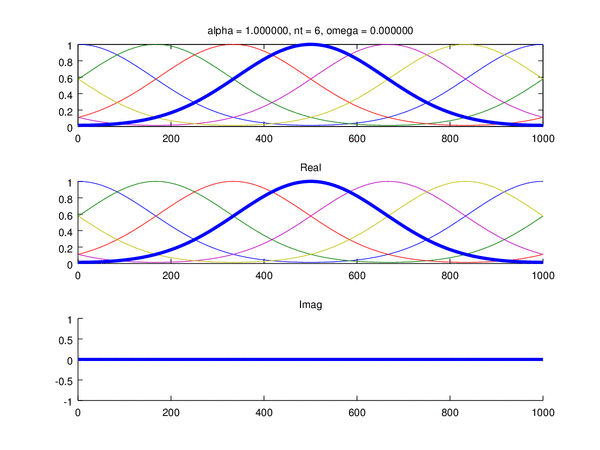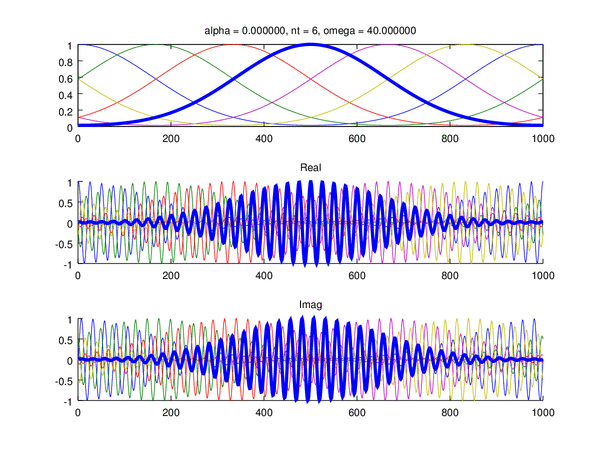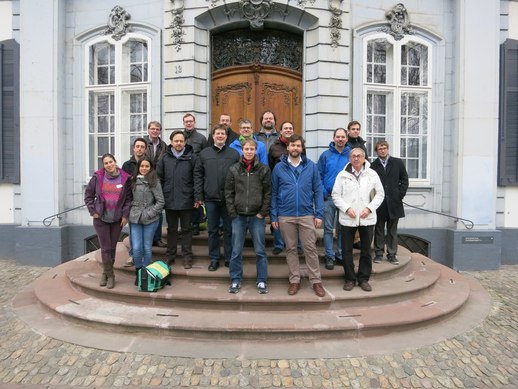BIOTOP: Adaptive Wavelet and Frame techniques for acoustic BEM. FWF Project I-1018-N25
Introduction
Localization of sound sources plays an important role in our everyday lives. The shape of the human head, the torso and especially the shape of the outer ear (pinna) have a filtering effect on incoming sounds and thus play an important role for sound localization. This filtering effect can be described using the so called head related transfer functions (HRTFs). By calculating the distribution of the sound pressure around the head with numerical methods like the boundary element method (BEM), these HRTFs can be calculated numerically.
Aim
In BIOTOP the numerical calculations shall be made more efficient by using adaptive wavelet- and frame techniques. Compared to commonly used BEM basis functions, wavelets have the advantage that wavelets can adapt better to a given distribution of the acoustic field on the head. As a generalization of wavelets, frames allow for an even more flexible construction method and thus for a better adaption to the problem at hand.
BIOTOP combines abstract theoretical mathematics with numerical and applied mathematics. It is an international DACH (DFG-FWF-SFG) project between the Philipps-Universität Marburg (Stephan Dahlke), the University Basel (Helmut Harbrecht) and the ARI. The expertise of all three research groups shall be combined to develop new strategies and numerical methods. The project is funded by the FWF: Pr. Nr. I-1018-N25
BEM
The boundary element method (BEM) is a commonly used tool in acoustics to solve (exterior) scattering problems. In the BEM the surface of the scatterer (in our case the head) has to be discretized using a mesh consisting of small surface elements (for example triangles or quadrilaterals) and based on these elements the acoustic wave is approximated by simple building blocks. As a rule of thumb, one should use about 6 elements per wavelength to achieve a numerical solution with acceptable accuracy, which means that for high frequencies a lot of elements (and thus a lot of building blocks) are necessary, and computations may take days. Additionally, to resolve geometric singularities like corners or edges a fine mesh close the singularity should be used to achieve an acceptable accuracy.
Why Frames?
In order to keep the computational cost low we intend to use special building blocks that adapt to the oscillating nature of the solution as well as to geometrical singularities. It is known that
- Gabor frames are good for resolving the periodic components of the wave,
- wavelets are in general very good for resolving edge singularities.
In BIOTOP we want to investigate so called α-modulation frames that combine the properties of Gabor frames and wavelets. α-modulation frames are constucted by dilating, translating, and modulating a given window function ψ

with

Here, α is a parameter that influences the properties for the frame functions. For small α the frame functions behaves similar to a Gabor frame, for α close to one, we are close to the wavelet case.
Events
Biotop Workshop 19-21.08.2014
The workshop was held at the International Academy Traunkirchen and provided an overview of the state-of-the-art in the research fields connected to BIOTOP, such as
- Wavelets and frames
- Adaptive numerical methods
- Boundary Element Methods for the Helmholtz equation (for large wavenumbers)
- Regularity theory (Besov, Sobolev, ...)
- Coorbit Theory (α-modulation spaces ...)
We would like to thank all the participants for coming to Traunkirchen and for their interesting presentations
Workshop on boundary elements and adaptivity 14. - 15.03.2016, Basel
Funding
FWF


